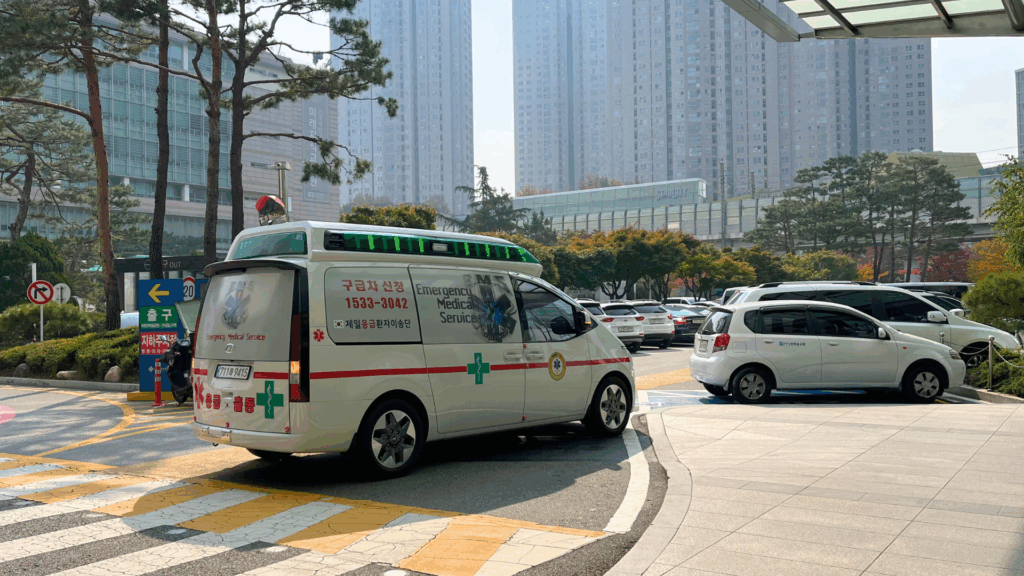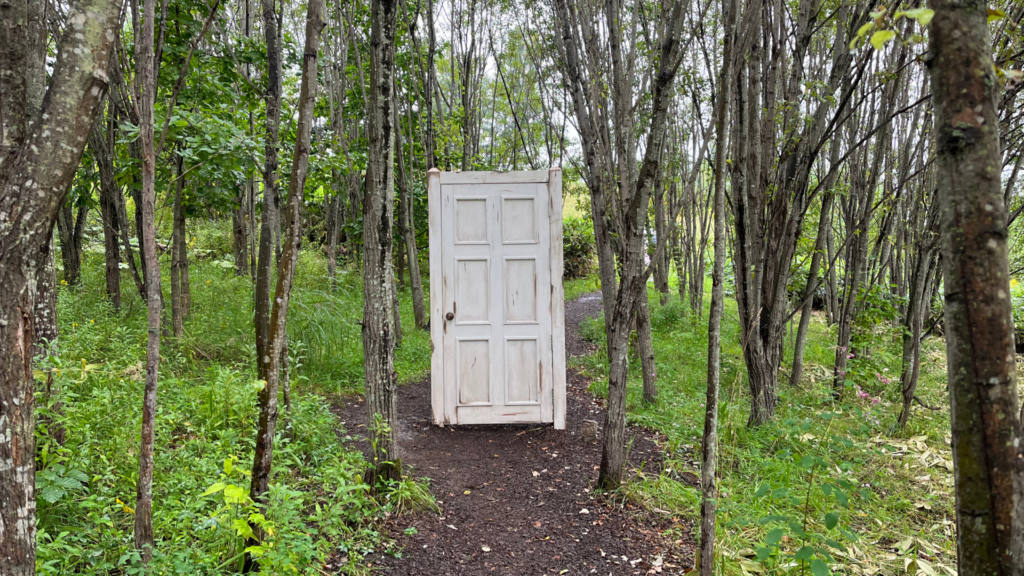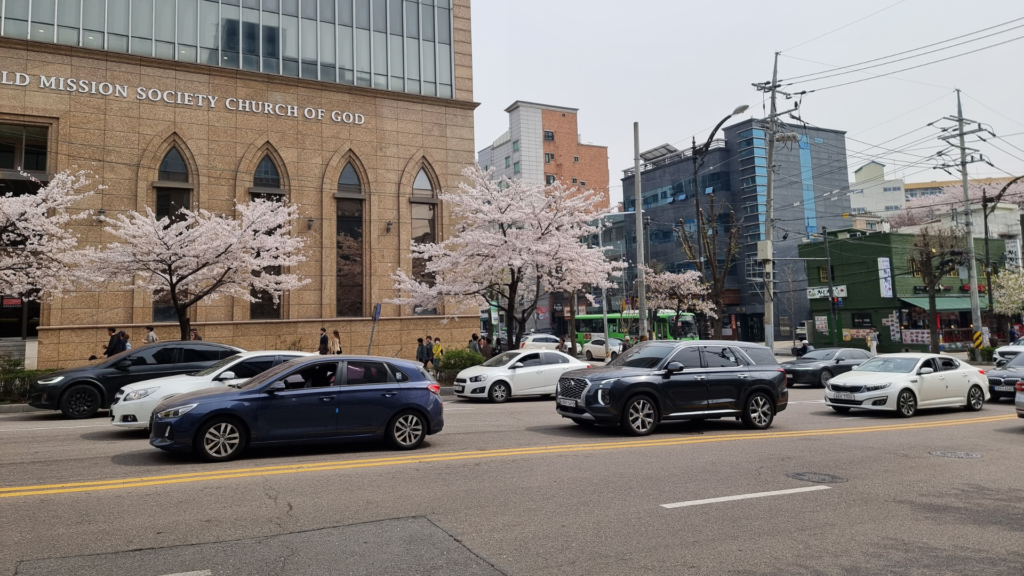Jeju Island (제주도) is a popular tourist destination for Koreans, especially in spring and summer. Often called South Korea’s Hawaii, Jeju is the largest island in the country, located south of the Korean Peninsula, considered a natural gem and a UNESCO World Heritage Site. It is a volcanically formed island overlooking the East China Sea, which is part of the Pacific Ocean. It is full of breathtaking scenery and is a must-see if you are planning a tour of South Korea.
Let’s take a look here at the main features of Jeju Island.

Where to visit on Jeju Island
1. Hallasan (한라산)
Mount Halla (or, in Korean, Hallasan) is a now inactive volcano from which the entire island originated. It lies in the centre of Jeju Island and is the highest mountain in Korea. During each season, it presents a very different landscape and a walk to the top is a must for anyone on the island. To reach the summit, where the volcanic crater can be observed, there are several routes, two of which are the main ones, as they cover a longer distance.
The first is called Gwaneumsa and is convenient for those staying in the northern part of the island. It is the steepest of the two, but also the one that offers the best views. It takes five hours to reach the summit and, on the way, it is possible to visit a temple, called Gwaneumsa, which the route is named after.
The second main route is called Seongpanak and is convenient for those staying in the southern part of the island, particularly in the Seogwipo area. About halfway along this route, there is a branch-off that leads to the Sara Oreum Observatory.

2. Udo and Seongsan Ilchulbong
To the east of the island is the islet of Udo (우도), and Seongsan Ilchubong Peak (성산 일추봉), which is another inactive volcanic crater that has now become a nature park, famous for its bright green vegetation. In this area, you will also find beaches with black sand and others with white sand washed by crystal-clear sea. To get around Udo, you can choose to go on foot, rent a quad bike, a bike, or take the minibus that goes around the island. Among the various nature parks on the islet, the Swemeori-oreum (쇠머리오름) is particularly recommended, from which you can enjoy a breathtaking view of the Seongsan Ilchubong and at which you can take a horseback ride followed by a pony team.
3. Seogwipo
Seogwipo (서귀포) is the second main town on the island, located in the southern part. It is an excellent starting point for following the Olle-gil (올레길). The Olle-gil is a route that goes around the island and includes stops at the best natural gems present, such as waterfalls or viewpoints. These include the Cheonjiyeon Waterfalls (천지연 폭포), Jeongbang (정방 폭포) and Sojeongbang (소정방 폭포), all along the same walkable route.
Just before Jeongbang Falls, there is also a historical site, called Seobokjeonsigwan (서복전시관), where you can learn more about the history of the island and admire the vegetation of the place.
Just before Sojeongbang Falls, you can take a rest in a small building called The Castle of Shell, a completely free cafeteria where you can make your own coffee or tea, and enjoy it overlooking the sea on the indoor or outdoor tables. You can even browse through one of the books in the small library available there. Just remember to leave the place clean when you leave.

4. Jungmun
Just outside the city centre of Seogwipo is the Jungmun area, famous for its large number of tourist attractions, such as special museums, including the teddy bear museum and the chocolate museum. You can also find natural features, such as the Jungmun Saekdal Beach (중문색달해수육장), the cylindrical rocks of lava formation (대포해안주상절리대) and the Yeomiji Botanical Garden (여미지식물원).
5. Haenyeo
Haenyeo (해녀) are Korean female fishermen from Jeju Island who are still freediving to catch shellfish and seaweed. The equipment of a haenyeo consists simply of a diving suit with mask, fins and gloves, but no oxygen tank. Training to be a haenyeo starts at a young age and those who take up this profession tend to continue until they are over 70 years old. In some parts of the island, it is possible to see haenyeo diving.

What to eat on Jeju Island
Being an island famous for its fishermen, local specialities include fish, in particular, abalone (전복). In addition to this, Jeju is also very famous for its black pork (흑돼지), which is raised on the island and is considered more valuable than traditional pork, as it is softer and tastier. In terms of crops, Jeju is famous for its mandarins (귤), which are used to make various products, such as sweets or juices. Green tea (녹차) is another famous farm product on the island as well.
These are the main attractions of Jeju Island. Let us know in the comments if you have ever visited it and what you liked best! For more information about Korea, keep following the Go! Go! Hanguk blog and do not hesitate to contact us about living and studying in Korea.















